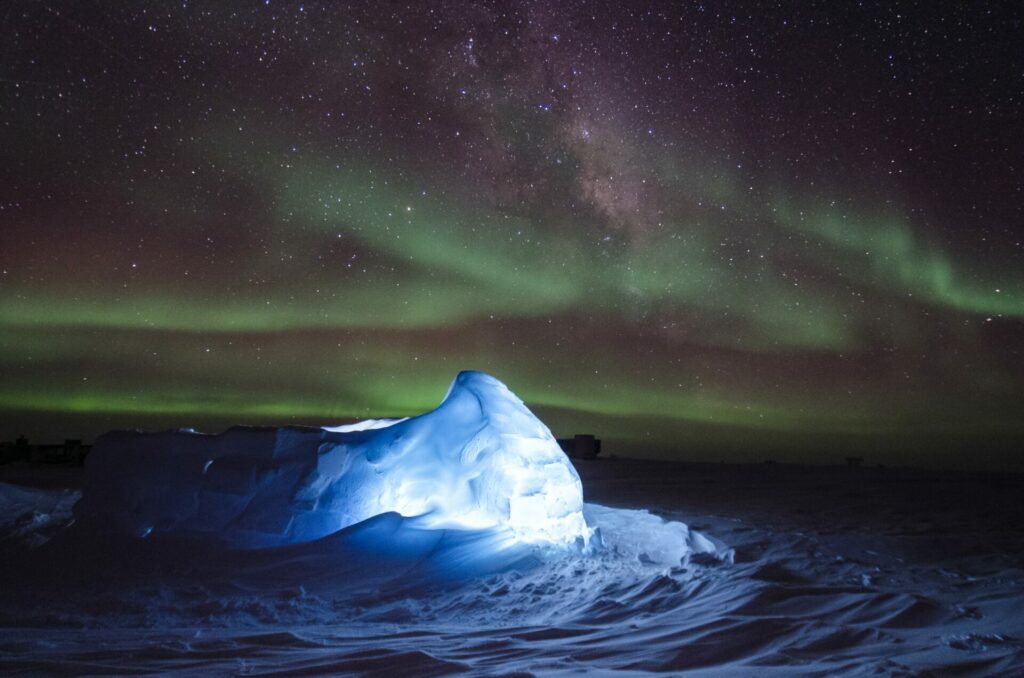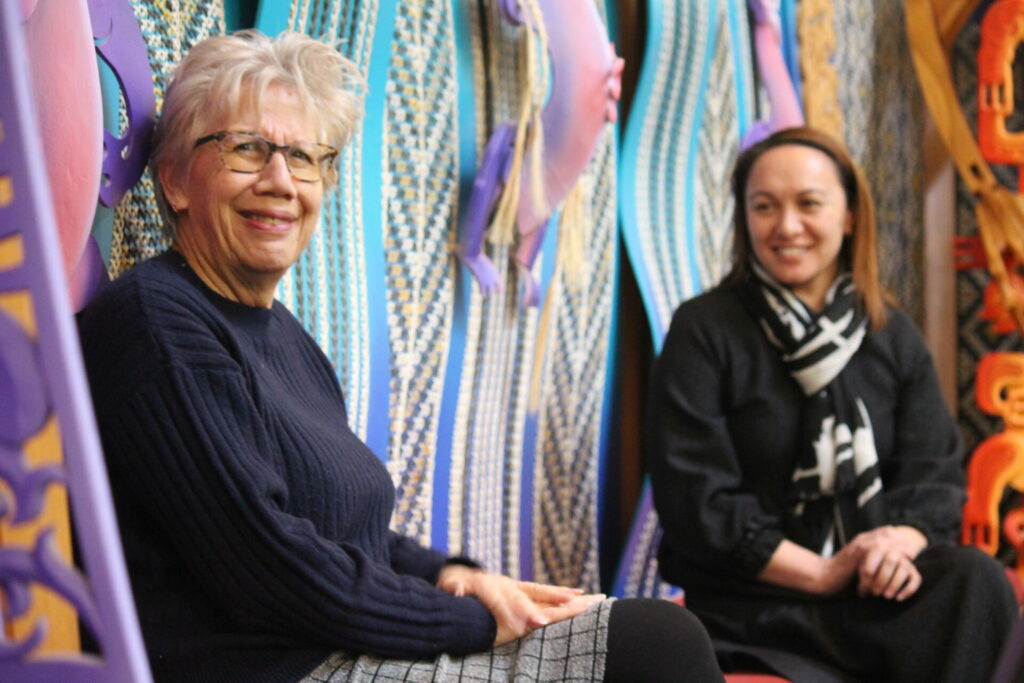- Vision Mātauranga
Research Programme
- Sandy Morrison
University of Waikato - View the full team
Project Lead
-
Budget
$150,000 -
Duration
July 2016-November 2021
-
Completed project
Te Tai Uka a Pia
Iwi and hapū relationships with the Southern Oceans informing tikanga-based climate adaptation strategies

Whakapapa narratives passed down over generations tell us our ancestors made many oceanic journeys, including to the Southern Ocean, coming in contact with new land and ice masses along the way. They ascribed names to these wāhi, and retold the stories of their journeys to their hau kāinga, their home people.
Iwi and hapū across Aotearoa still hold these stories. Growing up within our hapū and iwi in Te Waipounamu, Sandy Morrison and Aimee Kaio knew of these often unrecorded oral narratives and wanted to collate them, to add to the body of knowledge about Māori and Polynesian tūpuna who voyaged in the Southern Oceans.
They gathered a range of tribal narratives from Ngāi Tahu, Ngāti Rārua, Te Ātiawa, Tainui, and ngā whānau o Wharekauri which share whakapapa or interrelationships between our tūpuna, te taiao, ngā atua Māori and their living descendants today.
Key findings:
- Kōrero tuku iho, cleansing rituals, karakia, mahinga kai, haka, waiata and wānanga at-place are all critical ways of understanding how the climate crisis is impacting different iwi in Te Waipounamu
- These methodologies can and are guiding hapū and iwi climate adaptation strategies
- These methodologies can support the protection and restoration of wāhi tapu and other sites of significance
- Tāngata rongonui, including ancestral navigational heroes such as Hui te Rangiora and Tamarereti, can provide inspiration and leadership for current climate and environmental challenges
- Understanding the cultural and spiritual impacts of climate change on mana whenua is critical for successful climate leadership, engagement and action
- Māori have important historical and cultural relationships with Antarctica and the Southern Ocean, and are maintaining mana moana into the present and future
How you can use this research:
- Whānau and hapū could consider your own mātauranga-ā-hapū as a critical starting point for climate adaptation
- Local and regional government, as well as central government, could resource hapū and iwi to consider adaptation challenges through the lens of mātauranga and tikanga
Are there still research gaps?
- Do we understand the extent of spiritual and cultural impacts when wāhi tapū and other sites of significance (including in the marine landscape) are threatened or lost?
Background to the research:
When Morrison first joined the Challenge, she wanted to bring the kōrero tuku iho of her whānau marae, and iwi from Te Tauihu o te Waka a Māui (The top of the South Island) about the Polynesian navigator Hui te Rangiora, and other iwi and hapū histories into climate research connected to the Southern Oceans and Antarctica.
Aimee Kaio grew up with her own kōrero tuku iho connected to the Southern Oceans. Her Ngāi Tahu whānau o Awarua, based in Motupōhue (Bluff) hold a kōrero tuku iho about the early Māori navigator Tamarereti who sailed so far into the Southern Ocean he came into contact with ‘floating white islands of ice’.

Sharing these kōrero tuku iho reestablishes iwi and hapū whakapapa connections but more importantly, they are a means of raising whānau awareness of climate change and helping to build tikanga-informed climate adaptation strategies.
This research aimed to address the historically underrepresented of Mātauranga Māori in research conducted in and about Antarctica and the Southern Ocean by bringing Māori perspectives into conversations about adaptation to climate change.
In the media:
- Tikanga Māori must guide climate adaptation strategies for Aotearoa, Stuff
- Mātauranga Māori takes vital role in protecting Antarctic climate research, Te Ao Māori News
- Did Māori voyagers reach Antarctica?, Māori Television
- Cold start to voyaging stories, Waatea News
- Discovering Māori Antarctic stories, Waikato University
- Ice mountains inspire tekoteko, Waatea News
PROJECT TEAM
-
Aimee Kaio
Te Rūnanga o Ngāi Tahu -
Sandy Morrison
University of Waikato -
Michael Stevens